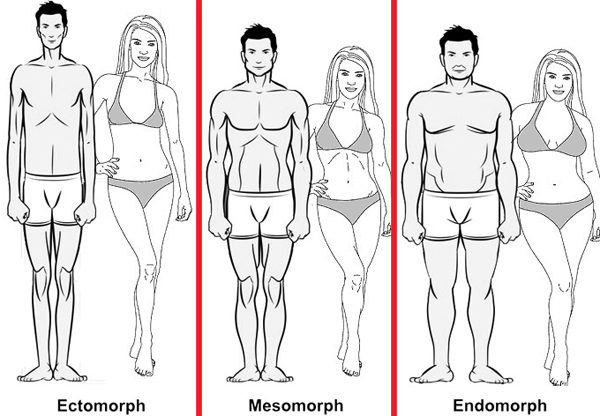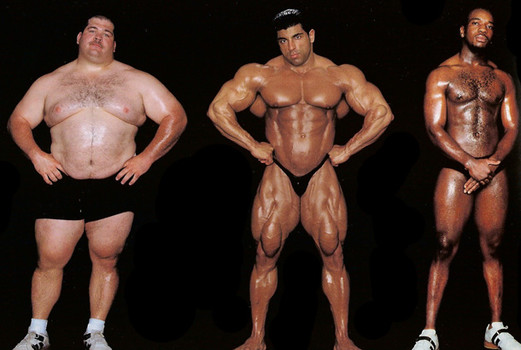Part 6: "The Juggling Act" - Maintaining Life Balance
Preparation tips were in Part 1 and Part 2 of this series. Strength work suggestions were in Part 3, MetCon advice was found in Part 4, and Accessory Lift ideas were in Part 5.
Here's our final installment of the six-part summer blog series: life balance.
Life balance refers to health in the whole sense, which not only includes physical fitness, but also social, mental, and emotional well-being. Wellness is an overall state of well-being, so to be well means to maintain healthful activities throughout the aging process.
Obviously, this doesn't mean any human being is perfectly healthy. And in many ways, we shouldn't necessarily aim to be perfect either. Like a juggling act, our life journey includes ups and downs in health habits during the process of living. It's the balance that helps us remain healthy and happy throughout the years.
Let's look at some quick tips to keep juggling the many aspects of life.
BEGINNERS
The great part of CrossFit and any group fitness community is that oftentimes other dimensions of life are acquired along with the physical benefits. Emotions are regulated. Stress relief is noted. Friendships can develop. A second family adopts us to nurture us through personal ups and downs. There are lots of priorities hovering in our air and aura; here are some ideas to keep a focused eye on.
1.) See the Big Picture
Always remember strength and conditioning takes time. Remain patient while celebrating small victories. What next? Visualize desired accomplishments by revisiting fitness goals as needed. Just as important: also include in your vision life's social time, time spent learning or creating, and mental health breaks.
2.) Map Your Week
After visualizing the next few months, create a plan to attack each week that surrounds your fitness routine. Map your time so an hour at Amplify is a part of a lifestyle, not a break from it nor an excuse for it. Write things down. When a plan is put into a calendar format, you are more likely to follow it through. This will also help you catch any potential setbacks before your vision falls to the floor.
3.) Pay it Forward
You are no longer a beginner! Through six weeks of this blog series and your work in the gym, you have gained insight that can benefit others. Reach out to newcomers with tips you found for success. The true newbies will look up to you as someone who successfully navigated the beginning months and juggled work and family demands with a new fitness routine. Socialize. Share. Help make our community the great place it continues to be.
VETERANS
Assuming you've had success experiencing results in your extended time with Amplify, you deserve a round of applause. Yes, you... for your constant juggling act. Your ability to balance priorities is impressive to outsiders, but you know the work you've put in. Even if it looks effortless, continue to sweat through your self-management, since 1) it's paying off, and 2) ups and downs will continue to balance with your life routine.
1.) Stay Committed
One hour at Amplify is a mere 4% of your day. Therefore, it gets increasingly easier to skip your fitness time as you get in the thick of life's demands. It's like taking your eye off the prize, just for a second, simply because things are going well. The fix? Find that place where habit becomes routine, and routine becomes a lifestyle. You've come this far; don't drop the ball now.
2.) Allow for Leniency
Even with a committed action plan, a few days may fall by the wayside here or there. To use an analogy, you don't scrap the entire car because a headlight went out. So don't get rid of an entire routine because you made one mistake. While juggling priorities in life, sometimes we lose sight of one and just need a chance to pick it up again. Solve the issue, get back in rhythm, and smile through small errors.
3.) Spread the Love
As Amplify has grown, we owe it all to the members. You are the reason we exist. And you are the reason word gets around. Like what we do? Often, all it takes to spread healthy vibes is a personal invite. Word of mouth is our greatest asset, so please, continue to stay involved in Amplify outings, in-house events, fundraiser efforts-- and don't forget social media shout-outs for all you've gained in your fitness journey. Progress is continual motivation.
RECOMMENDED READING
Balance
Physical, mental, and social well-being are ever-present as essential pieces to a happy and fulfilled existence.
Setbacks
It is not the setbacks themselves that define us, it is how we face each obstacle that proves our worth.
Time
How can we stop time? Or at least, how can we prolong the onset of the aging process?
This is the final part of a six-part series entitled Maximizing Your Amplify Experience. Check the Words of the Week links and backtrack for more!
- Scott, 8.25.2017



















